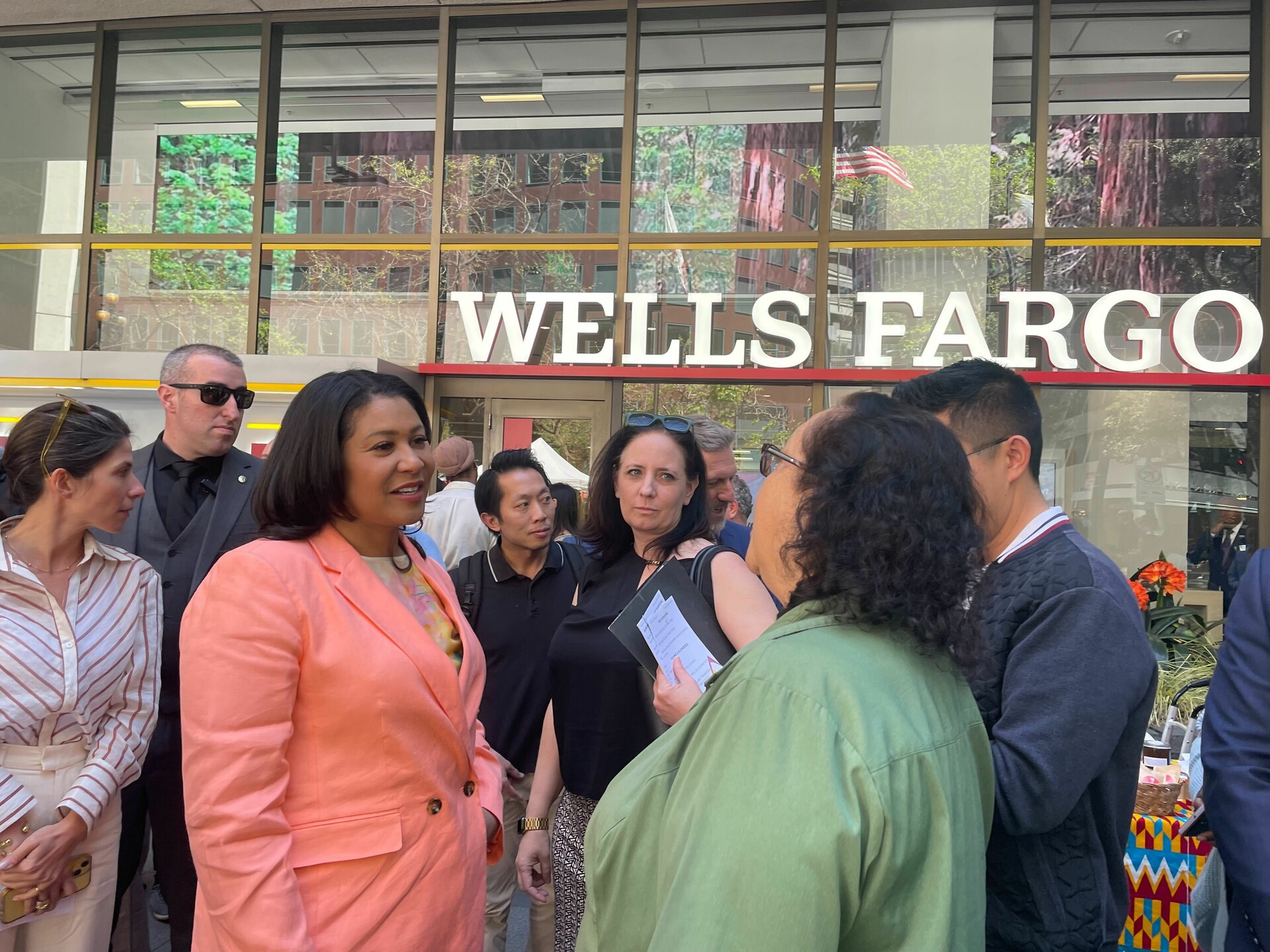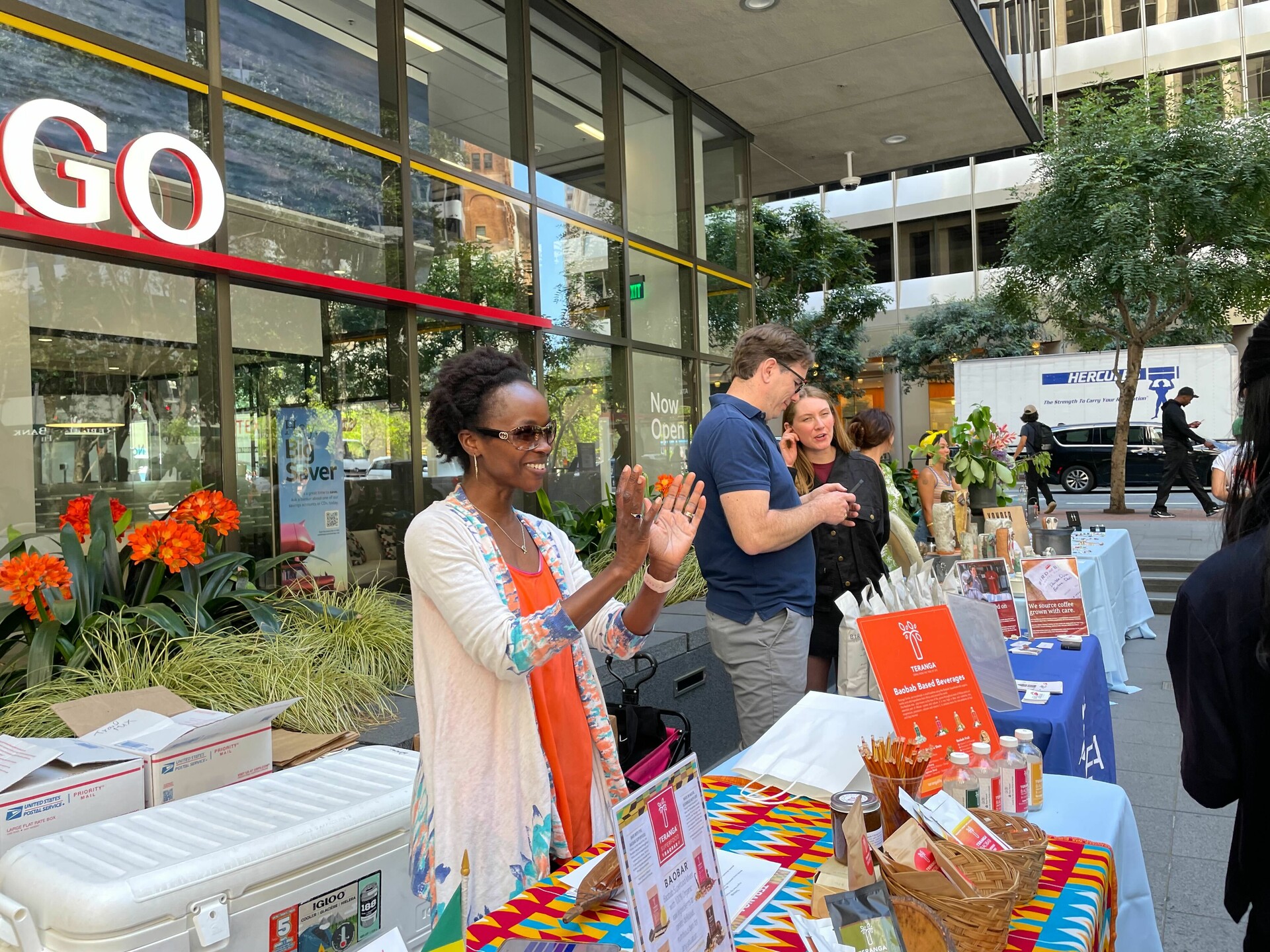San Francisco officials are expanding an economic revitalization project to bring business back to empty downtown storefronts, announcing plans for additional funding and more pop-ups set to open next month in SOMA, the East Cut and the Financial District.
The eight pop-ups announced Thursday as part of the Vacant to Vibrant program include a deli, coffeeshop, social club, glass workshop and florist.
The project, launched last fall, matches local entrepreneurs with property owners who have vacant ground-level commercial space. Landlords must agree to rent the space for three months free of charge, with the opportunity to extend, and utilities are covered by the program’s $1.2 million budget.
The initiative is part of San Francisco Mayor London Breed’s effort to jumpstart the city’s sputtering economic recovery from the COVID-19 pandemic, an exodus of office workers and the decline of brick-and-mortar retail.

“We’re seeing thousands of new businesses pop up in communities, but we weren’t having that same success downtown — Vacant to Vibrant has changed the game,” Breed said at a press event on Thursday. “For those folks who have a new idea and want an opportunity to thrive in San Francisco and in downtown, we want to make it possible, so we will be investing more.”
Signaling a desire to expand the program, Breed said she plans to include it in the upcoming city budget but did not specify how much. She also called on more property owners with vacant downtown storefronts to partner in the program.
As Breed gears up for a mayoral election that is in many ways a referendum on the city’s direction, her office has focused on improving a downtown tarnished by “doom loop” narratives.

